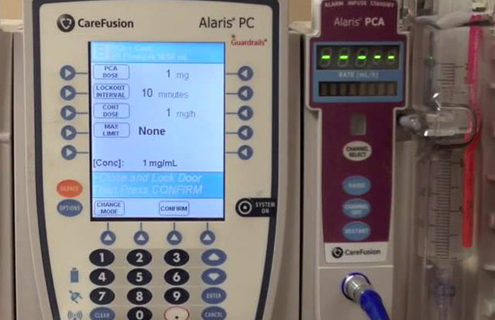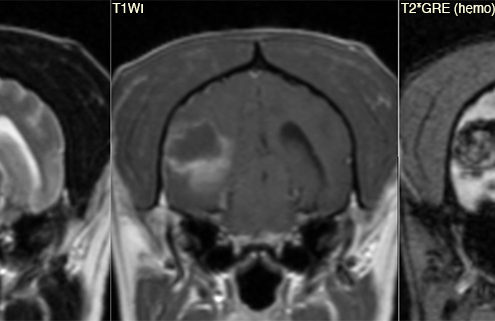
Water, water everywhere: Fluid choices in the hospitalized patient
Fluid therapy is a crucial part of the treatment of patients in the emergency room and the critical care unit. Though it has great ability to help our patients, like any medical intervention, it has the potential to do harm as well. Having a greater understanding of the fluid balance within the body, the effect of different disease states on this fluid balance, and the fluid choices available for treating our patients is vital to maximizing patient benefit, while minimizing side effects of therapy.

Synthetic colloids: A friend or foe?
Synthetic colloids are a combination of water, electrolytes and large molecular weight molecules that contribute to the oncotic force (colloid osmotic pressure, COP) of the intravascular space. This post covers the pros and cons of their use.

Stroke / infarct
Cerebrovascular accidents ("stroke") were once thought to be uncommon to rare in veterinary medicine, but the increasing availability of advanced imaging shows that not to be the case. This post reviews possible causes, diagnosis, and treatment of strokes in dogs and cats.

Limiting dependence on transfusion for the critically-ill patient
This post reviews the pillars of patient blood management, including maximizing red cell mass, optimizing hemostasis, and techniques to recover active hemorrhage.
